But our would-be assassin was only a drunk Mexican named Luis, who conveyed to us through the tinted glass with hand signals that it would be his pleasure to drive us home. Which he did, with a screeching of tires and clanking of empty vodka bottles on the floor—Luis couldn’t speak a lick of English, but he had a lead foot that was undeniably American. After nearly 20 minutes of canvassing Gunnison town proper in a high-speed series of izquierdas and derechas, we found our apartment without injury to anything but a couple of parked cars.
You don’t leave a designated driver out in the cold, so we had Luis in for a drink, which led to a few more. By the time the eastern glow crept through the rayon blinds, it was obvious that we had found a kindred soldier in our Freeskiing Revolución. Many fine things were said with the understanding that they would not be remembered, in language that was as cryptic as it was powerful. Luis took a special shine to P-White, who he called El Rio Blanco with an affection that bordered on veneration. As a kind of final initiation rite, Parker gave the man his brand-new sterling silver ring, which Luis may well have been wearing when he was very probably fired from his construction job some two hours later.
Watch: The Big Picture – Zero/Two
Luis was gone when we woke up, along with most of our revolutionary spirit. But such wars are not won or lost in a single bout with the bottle. So it was that on a day when I felt the hungover weight of the world bearing down on me like a 10-ton Jose Cuervo truck, that Sean Logan somehow rallied the rest of us into the backcountry to film. I’m not saying that it wouldn’t have happened if the boys were still filming with Level 1. But I’m not saying it would have, either.
Somewhere on the sled ride out there—as we flew past a guided snowmobile tour group like the peloton of a two-stroke Iditarod—it hit me that these kids had really figured it out. I had brought them to Crested Butte with the intention of teaching them something in the snowy vales of the Elk Range where I had earned my own stripes with Level 1. Was it possible that I had been looking through the wrong end of the lens all these years?
Parker and Chris had left L1P on good terms at the peak of their careers. There had never been an ultimatum or even a question of absolutes: big budget vs. vertical integration, annual output vs. immediate gratification or mass appeal vs. personal dignity. That wasn’t at all why they went out on their own. What they had gone searching for, what they had found, was the autonomy of a blank canvas. It’s hard to beat a day spent skiing powder with your best friend, filmed and edited by your own flesh and blood to the music you listened to in the car on the way to the hill.
For this reason, the do-it-yourself ethic will continue to gain prevalence despite, or maybe because of, the inherent risks of combining business with pleasure. As Hunter Thompson wrote, “Old whores don’t do much giggling.” A crude way of putting it, although such wisdom has to resonate with those that live within the framework of someone else’s movie—as far as philosophies go, letting a third party dictate your story is not really a philosophy at all but a lack of one. I think what Thompson was really getting at had already been said some years earlier, by a little-known Greenwich Village poet by the name of Robert Zimmerman. Bob was never much of a skier, but he knew the staying power of a good lyric and he hit the nail on the head when he said, “You shouldn’t let other people get your kicks for you.”
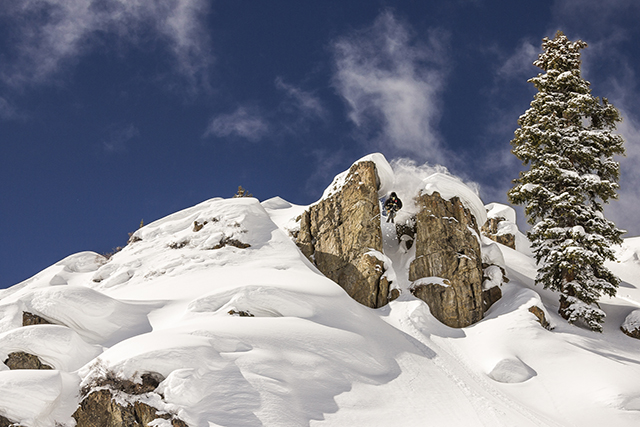
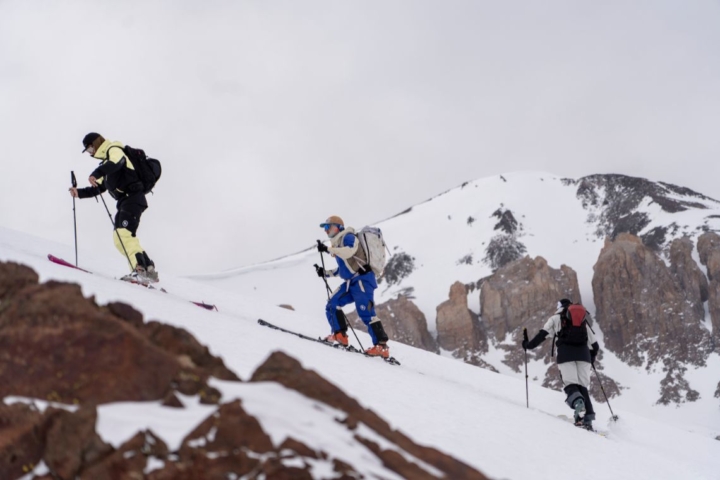
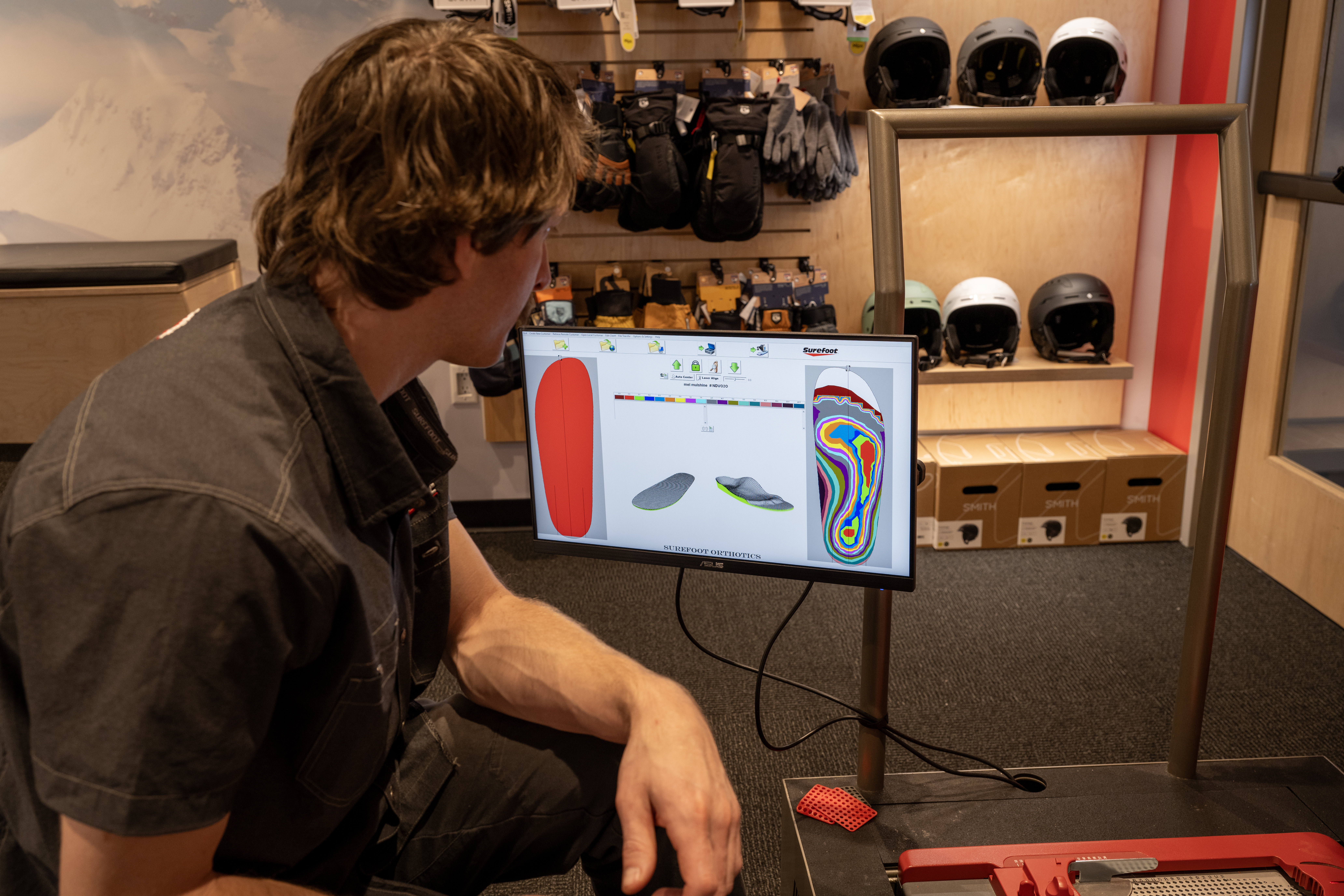
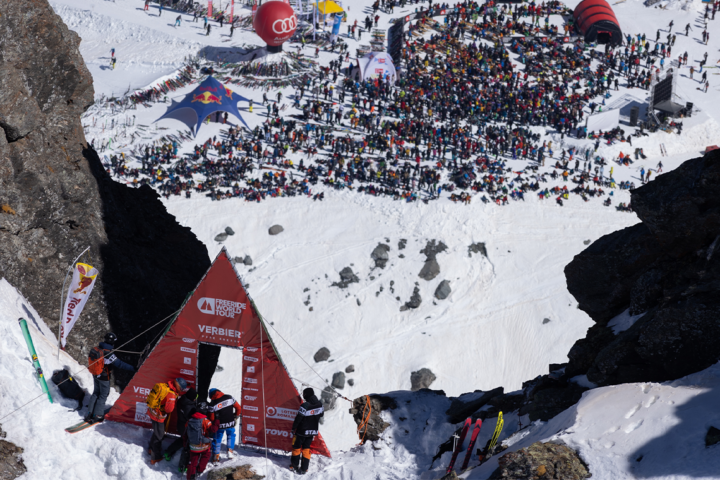


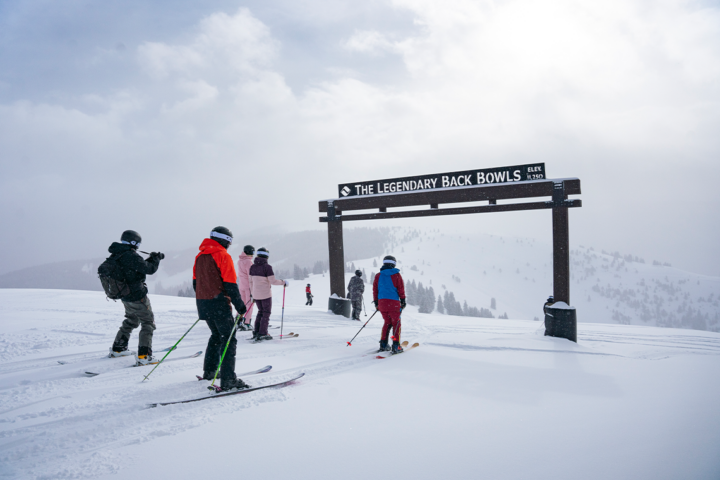
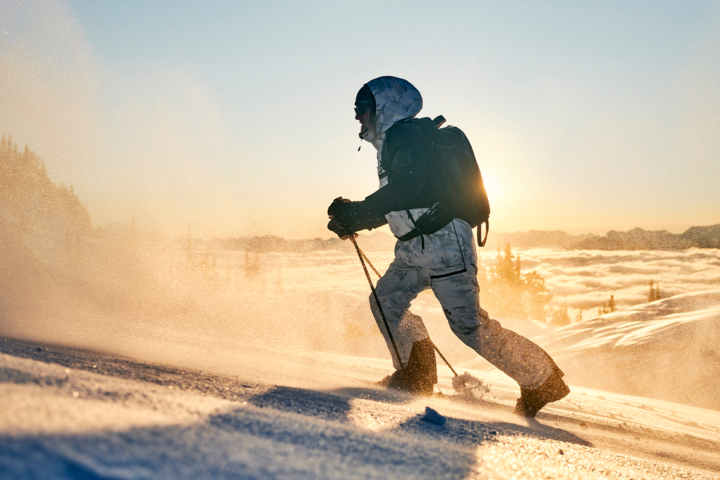

8 thoughts on “The Big Picture: The finer points of the Indie ski film”
Comments are closed.